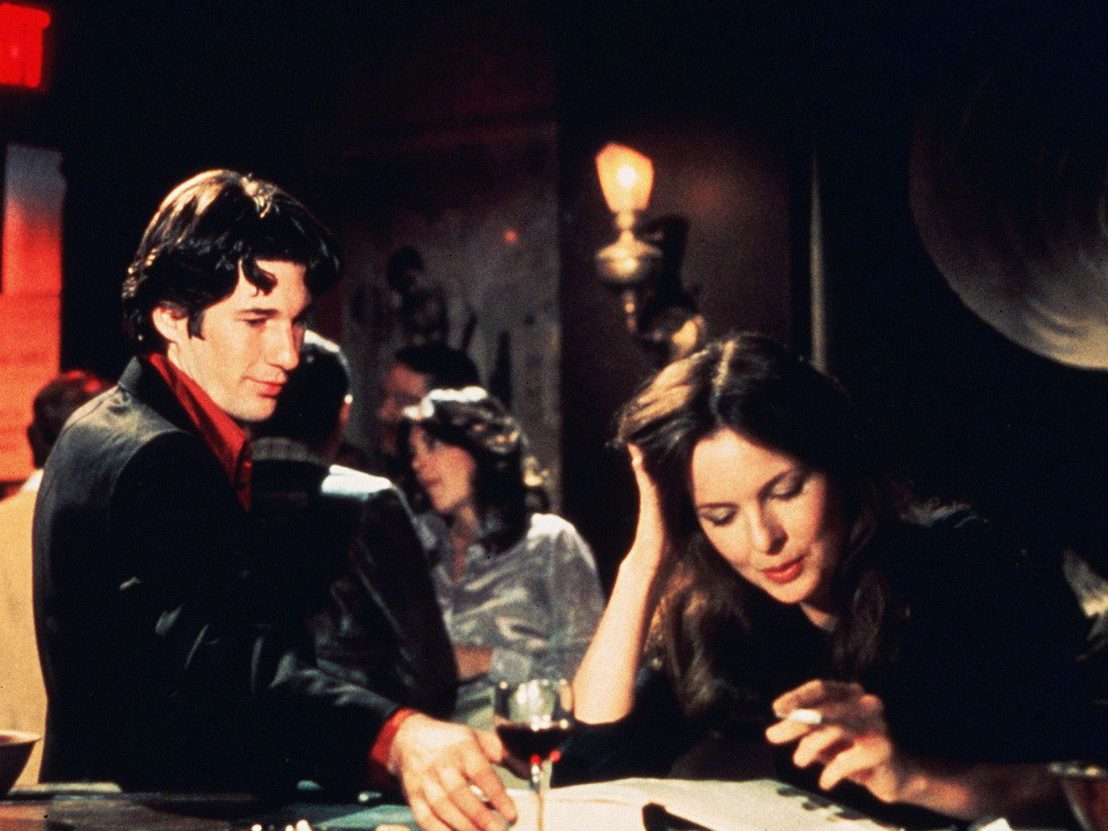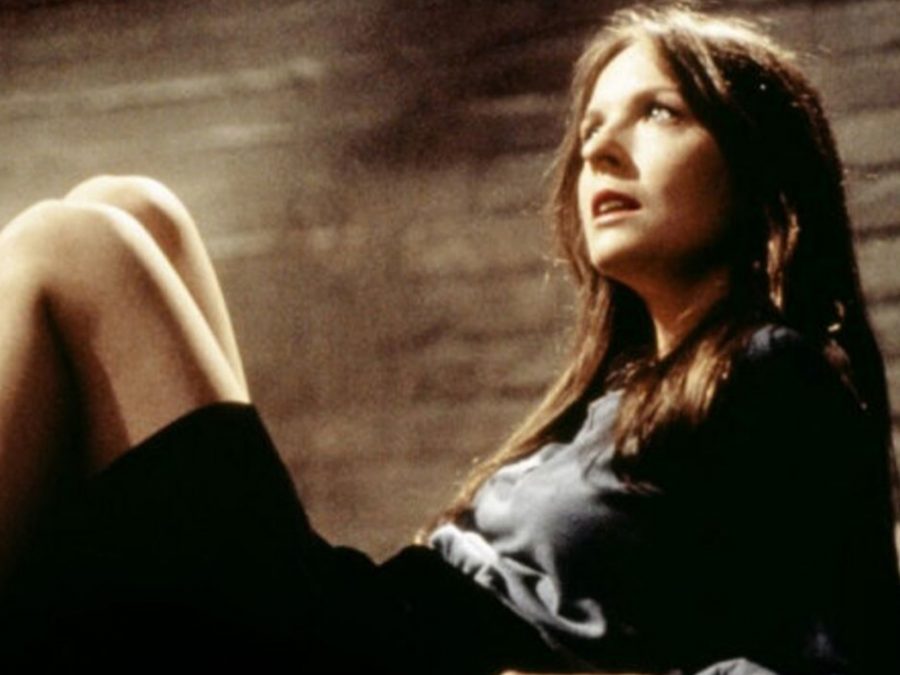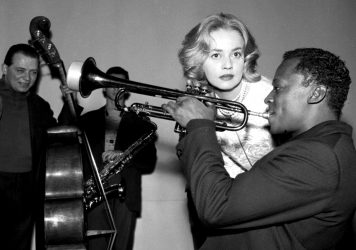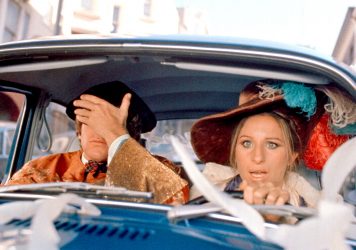
The omission of the 1977 production Looking for Mr. Goodbar from film history is an odd anomaly. An adaptation of the 1975 novel of the same name by Judith Rossner—itself based on a murder case from another two years prior—to contemporary viewers, the film is likely most recognizable for the careers it set in motion rather than any distinct elements of its content, breaking young faces Richard Gere, LeVar Burton, and Tom Berenger into popular culture. Despite having been nominated for two Academy Awards and achieving a modestly successful run at the box office, the film has not been released on any form of physical media since its most recent VHS printing in 1997, having become virtually lost to time.
The reasons for this negligence aren’t clear. While its commercial reception may have been successful, initial critics weren’t fond of the film, often painting it as moralistic and didactic. Though rising star Diane Keaton portrayed the film’s protagonist to critical praise, her role was overshadowed by her presence in Annie Hall, released earlier that year. The most common speculation as to why Looking for Mr. Goodbar has yet to acquire restoration comes in what is perhaps the film’s greatest asset: its absolutely stacked soundtrack.
Composed of a plethora of musical heavy-hitters like Donna Summer, Diana Ross, Bill Withers, the Commodores, and the O’Jays, the soundtrack of Looking for Mr. Goodbar includes numerous hits, and with that comes the trouble of licensing these tunes for a new release. Worse still is that, as many of the tracks featured in the compilation are overheard in bars as little more than background music, it would likely be difficult to replace the audio that features these tracks at such a low volume in order to gain the rights to redistribution.
Yet the Looking for Mr. Goodbar soundtrack is not only an excellent encapsulation of sultry disco; it tells a more compelling narrative than the film itself. The film follows Theresa (Diane Keaton), a recent graduate turned school teacher for Deaf children who traverses bars at night. In doing this, her desires for sexual catharsis begin to lure her towards men who treat her with everything ranging from disregard to outright contempt. The film’s infamous ending depicts Theresa being fatally raped, a harrowing ending to an already pessimistic tale.

Make no mistake, as a film Looking for Mr. Goodbar is thoroughly mediocre. Whether read as a warning against its protagonist’s actions or a feminist tale of a woman willing to risk anything for sexual freedom, the film is overlong, redundant, and flat in exploring its protagonist’s central duality, placing the viewer at a distance that isn’t properly utilized for thoughtful examination.
The film’s soundtrack, however, tells a slightly different story. The songs themselves were clearly chosen to set an atmosphere first and foremost, with musical commonalities of sinuous bass grooves and brooding vocal performances contributing to a mood of stalking ambiguity that permeates the smoky settings in which these tracks are heard. They are, more importantly, quite sexy—disco stalwarts like Donna Summer and Diana Ross both make invaluable contributions with ecstatic songs like “Could It Be Magic” and “Love Hangover,” respectively, but even a cut like “Back Stabbers” by the O’Jays revels in the seductive allure of its danger.
The narrative of the film is reflected in these songs. Some choices are more obvious than others: “She’s Lonely” by Bill Withers is a somewhat on-the-nose inclusion in depicting Theresa’s despair. Yet from the central lines of the film’s theme, “Don’t Ask to Stay Until Tomorrow,” as performed by Marlena Shaw, Theresa’s interiority is probed with careful examination, demonstrating a woman whose rigid boundaries developed as a defense mechanism prevent her from even enjoying the sexual connection she desires: to quote the song, “Don’t stay long enough for me to miss you.”
From there, the film’s music follows a fairly similar arc to the narrative: songs like Thelma Houston’s “Don’t Leave Me This Way” and the aforementioned “Love Hangover” provide a decidedly libidinous character motivation. Beyond the surface-level examinations of Theresa’s loneliness, however, a genuine hope for her long-term prospects with these men begins to foster, as is reflected by the placement of Donna Summer’s (abbreviated) “Try Me, I Know We Can Make It” on the album’s B-side. Yet even that song is undone by the grim irony that awaits it: “Back Stabbers” snaps back into focus just how much of a possession Theresa is to the men she encounters, a blow only made that much more tragic by the punctuation of the album with the now empty hope of Donna Summer’s heavenly (perhaps literally so) “Prelude to Love / Could It Be Magic.”
Even the album in question is difficult to obtain these days; while keen-eyed fans have re-created the album on services like Spotify, physical copies of the soundtrack are limited to secondhand editions. For all of the film’s faults, a hidden aspect of Looking for Mr. Goodbar that has gone relatively under-examined is its fascinating demonstration of the power of a soundtrack to illustrate a film’s purpose, both in composition and lyrical content. Not only does the album perfectly set the tone of its narrative, but it might very well render its central character with more dimension than the script that created her. Whether or not Looking for Mr. Goodbar will even be accessible in the near future is impossible to determine, but the Internet has nonetheless made the film an interesting case study in music’s power in structuring a story available for public scrutiny.
Published 17 Mar 2022

A previously lost film provides a fascinating insight into the actor’s unorthodox creative process.

Louis Malle’s debut feature is a thrilling precursor to the French New Wave.

By Meg Walters
Peter Bogdanovich’s 1972 homage to the Hollywood romantic comedies of old is chaotic, silly, and utterly joyful.